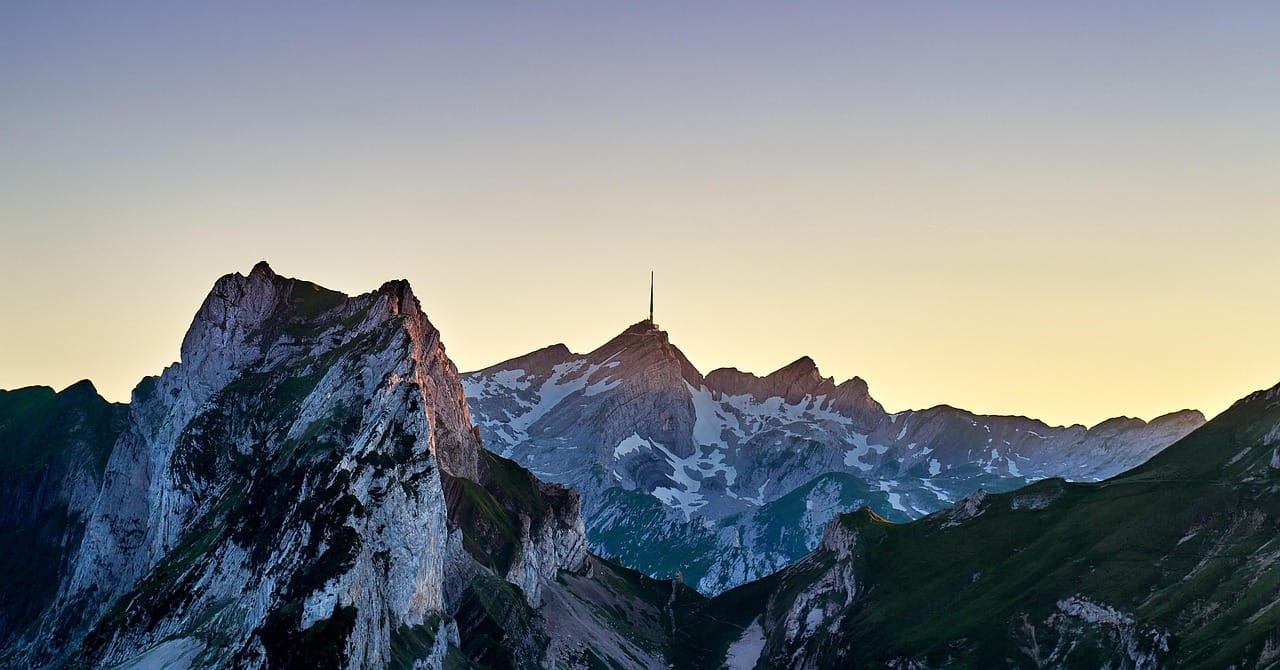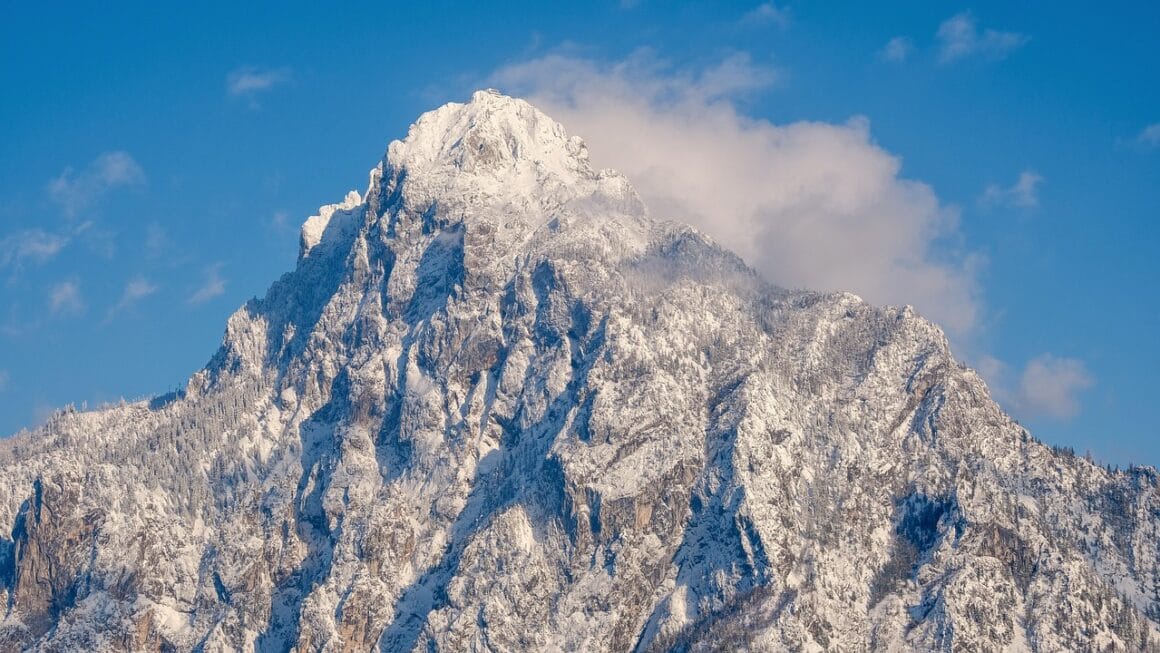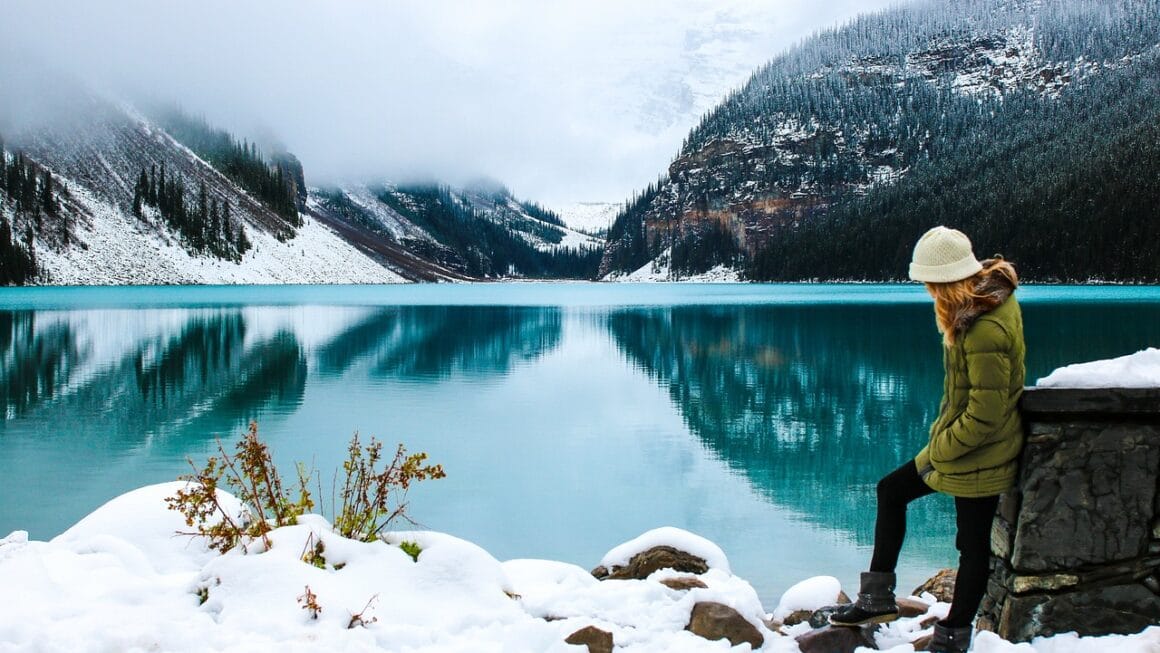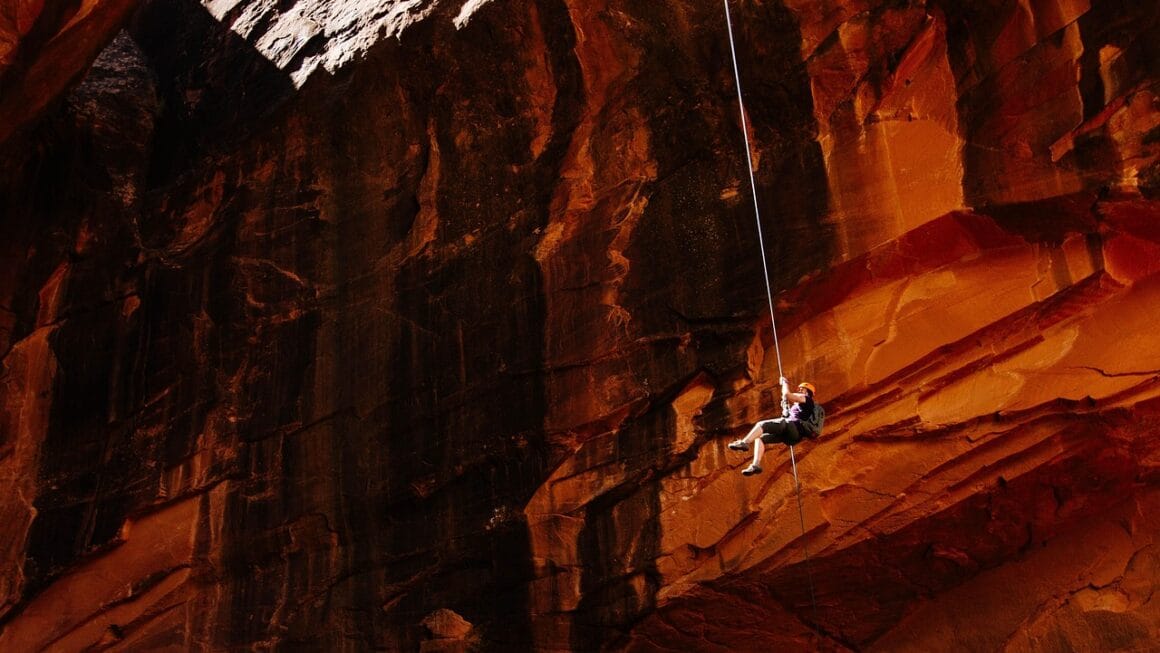Imagine crisp mountain air filling your lungs, the sun glinting off pristine snow, and the exhilarating rush of carving down a perfectly groomed slope. Skiing travel offers more than just a vacation; it’s an immersive experience combining adventure, breathtaking scenery, and unforgettable memories. Whether you’re a seasoned pro seeking challenging black diamonds or a beginner eager to learn the ropes, planning the perfect ski trip requires careful consideration. This guide will help you navigate the world of skiing travel, ensuring a smooth and exhilarating journey from planning to après-ski.
Choosing the Right Ski Destination
Selecting the ideal ski resort is the cornerstone of a successful skiing travel experience. Several factors come into play, from your skill level and budget to the type of experience you’re seeking.
Assessing Your Skiing Ability
Honest self-assessment is crucial. Are you comfortable on intermediate runs, or are you just starting out? Resorts cater to different skill levels:
- Beginner-Friendly Resorts: Look for resorts with ample green and blue runs, dedicated learning areas, and reputable ski schools. Examples include Keystone (Colorado), Park City Mountain (Utah), and Smugglers’ Notch (Vermont).
- Intermediate Skiers: Resorts with a good mix of blue and black runs, as well as terrain parks, are ideal. Consider Vail (Colorado), Whistler Blackcomb (British Columbia), or Breckenridge (Colorado).
- Advanced Skiers: Seek out resorts with challenging terrain, steep slopes, backcountry access, and heli-skiing opportunities. Think Jackson Hole (Wyoming), Telluride (Colorado), or Chamonix (France).
Considering Budget and Travel Style
Ski trips can range from budget-friendly to luxurious. Determine your budget early and research resorts that fit your price range.
- Budget-Conscious: Look for smaller resorts, off-peak season travel, and package deals that include lift tickets and accommodation. Resorts in Eastern Europe (e.g., Bansko, Bulgaria) or smaller resorts in North America (e.g., Powder Mountain, Utah) can be great options.
- Mid-Range: Many resorts offer a balance of affordability and amenities. Consider resorts like Steamboat (Colorado), Big Sky (Montana), or Sun Peaks (British Columbia).
- Luxury Skiing: For a truly indulgent experience, explore resorts like Aspen Snowmass (Colorado), Deer Valley (Utah), or Zermatt (Switzerland). These resorts offer world-class amenities, fine dining, and unparalleled service.
Factors to Consider When Choosing a Ski Resort:
- Snow Conditions: Research average snowfall and snow quality at different resorts.
- Resort Size: Consider the number of runs and skiable acres.
- Terrain Variety: Ensure the resort offers terrain suitable for your skill level and preferences.
- Amenities: Look for amenities like ski schools, rental shops, restaurants, and après-ski options.
- Accessibility: Consider the ease of getting to the resort from your home. Are there direct flights to a nearby airport?
- Crowd Levels: Research typical crowd levels, especially during peak season.
Booking Your Ski Trip: Flights, Accommodation, and Lift Tickets
Once you’ve chosen your ski destination, it’s time to book the essentials: flights, accommodation, and lift tickets.
Finding Affordable Flights
- Book in Advance: Airfare prices tend to increase closer to your travel dates. Aim to book several months in advance, especially for peak season travel.
- Be Flexible with Dates: Traveling mid-week or during the shoulder season (early December or late March/early April) can often save you money on flights.
- Use Flight Comparison Websites: Sites like Google Flights, Skyscanner, and Kayak can help you compare prices from different airlines.
- Consider Flying into Alternative Airports: Smaller, regional airports near ski resorts may offer cheaper flights, but be sure to factor in ground transportation costs.
Securing Comfortable Accommodation
- Resort Hotels: Offer convenience and amenities, but can be more expensive.
- Condos and Vacation Rentals: Provide more space and kitchen facilities, ideal for families or groups. Websites like Airbnb and VRBO offer a wide range of options.
- Budget Hotels and Motels: Located further from the slopes but offer a more affordable option.
- Consider Location: Determine whether you prefer to be ski-in/ski-out, close to the village center, or further away for a quieter experience.
Purchasing Lift Tickets
- Buy in Advance: Lift tickets are often cheaper when purchased online in advance.
- Consider Multi-Day Passes: If you plan to ski for multiple days, multi-day passes can save you money.
- Explore Discount Programs: Many resorts offer discounts for students, seniors, and military personnel.
- Look for Package Deals: Combining lift tickets with accommodation can often result in significant savings.
- Epic Pass and Ikon Pass: If you plan to ski at multiple resorts, consider purchasing an Epic Pass or Ikon Pass, which offer access to a wide range of destinations.
Essential Ski Gear and Clothing
Being properly equipped is essential for a comfortable and safe skiing experience.
Renting vs. Buying Ski Equipment
- Renting: A convenient option for beginners or occasional skiers. Rental shops at resorts offer a wide range of equipment for different skill levels. Expect to pay around $30-$60 per day for skis, boots, and poles.
- Buying: A worthwhile investment for frequent skiers. Consider factors like your skill level, skiing style, and terrain preferences. High-quality skis and boots can cost upwards of $500 each.
Essential Clothing for Skiing
- Base Layers: Moisture-wicking fabrics like merino wool or synthetic materials are essential for keeping you dry and warm.
- Mid-Layers: Fleece jackets or insulated vests provide an extra layer of warmth.
- Outerwear: A waterproof and windproof ski jacket and pants are crucial for protection from the elements. Look for features like sealed seams, vents, and adjustable hoods.
- Gloves or Mittens: Waterproof and insulated gloves or mittens are essential for keeping your hands warm.
- Socks: Ski-specific socks made of wool or synthetic materials will help keep your feet warm and dry.
- Helmet: A helmet is essential for safety. Most rental shops offer helmets, or you can purchase your own.
- Goggles: Goggles protect your eyes from the sun, wind, and snow. Look for goggles with UV protection and anti-fog coating.
- Neck Gaiter or Balaclava: A neck gaiter or balaclava can help protect your face and neck from the cold.
Packing Checklist for a Ski Trip
- Ski jacket and pants
- Base layers (tops and bottoms)
- Mid-layers (fleece or insulated jacket)
- Gloves or mittens
- Ski socks
- Helmet
- Goggles
- Neck gaiter or balaclava
- Warm hat
- Sunscreen and lip balm with SPF
- Comfortable après-ski clothes
- Waterproof boots
- Swimsuit (if your accommodation has a pool or hot tub)
- Personal toiletries
- First-aid kit
Staying Safe on the Slopes
Skiing is an exhilarating sport, but it’s important to prioritize safety.
Skiing Etiquette and Rules of the Road
- The uphill skier is responsible for avoiding the skier below.
- Always yield to skiers ahead of you.
- Look uphill before starting downhill or merging onto a trail.
- Obey all signs and warnings.
- Ski within your ability level.
- Be aware of your surroundings and other skiers.
- If you stop on a trail, move to the side so you are not obstructing traffic.
Preventing Injuries
- Warm Up Properly: Before hitting the slopes, do some stretching and light cardio to prepare your muscles.
- Stay Hydrated: Drink plenty of water throughout the day to prevent dehydration.
- Take Breaks: Avoid fatigue by taking regular breaks.
- Listen to Your Body: If you’re feeling tired or sore, stop skiing.
- Consider Ski Lessons: Even experienced skiers can benefit from a refresher lesson.
- Be Aware of Altitude Sickness: If you’re traveling to a high-altitude resort, take it easy on your first day and drink plenty of water.
Understanding Avalanche Safety (if applicable)
- Check the Avalanche Forecast: Before venturing into backcountry terrain, check the local avalanche forecast.
- Carry Avalanche Safety Gear: If you’re skiing in avalanche terrain, carry a beacon, shovel, and probe, and know how to use them.
- Take an Avalanche Safety Course: Consider taking an avalanche safety course to learn how to identify avalanche terrain and rescue victims.
- Never ski alone in avalanche terrain.
Après-Ski and Other Activities
Skiing is only part of the fun! Enjoy the après-ski scene and other activities that ski resorts have to offer.
Relaxing After a Day on the Slopes
- Hot Tubs and Saunas: Many resorts offer hot tubs and saunas where you can relax and soothe your muscles.
- Spa Treatments: Indulge in a massage or other spa treatment to ease muscle soreness.
- Après-Ski Bars: Enjoy a drink and some snacks at a slopeside bar.
- Fine Dining: Many ski resorts offer excellent restaurants with a variety of cuisines.
Activities Beyond Skiing
- Snowshoeing and Cross-Country Skiing: Explore the winter landscape on snowshoes or cross-country skis.
- Ice Skating: Many resorts have ice skating rinks.
- Snow Tubing: A fun activity for the whole family.
- Dog Sledding: Experience the thrill of dog sledding through the snowy wilderness.
- Shopping: Browse the shops in the resort village for souvenirs and gifts.
Conclusion
Planning a ski trip can seem daunting, but with careful research and preparation, you can create an unforgettable winter adventure. By choosing the right destination, booking your flights and accommodation in advance, packing the right gear, prioritizing safety, and exploring the après-ski scene, you’ll be well on your way to enjoying the thrill of skiing and the beauty of the mountains. So, pack your bags, hit the slopes, and create memories that will last a lifetime.




